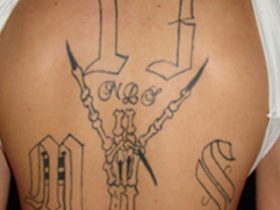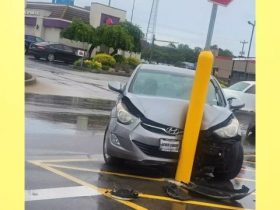As new highways are built, merge lanes are becoming more and more common; yet, there seems to be a lot of misunderstanding regarding who has the right of way when a highway and lane merge with the other lane.
Merge lanes can be confusing if you’ve been driving for years and they’re a relatively new feature. When both cars slow down to give the other driver space, they frequently turn into a bottleneck.
Occasionally, drivers may even be involved in an accident when they try to push their way into the lane or neglect to do a head check. There are many merge lanes with different rules in Australia, but who gives way?
Because there is a lot of information and a number of laws and regulations that drivers must take into account when driving on a highway, we would like to share what you need know in order to preserve traffic flow and road safety and to steer clear of any issues or mistakes that might end up costing you a lot of money.
When your lane merges with another lane on a highway, you should be aware of these things
You must understand the differences between merge lanes in order to decide who has the right of way when two lanes merge. When there isn’t a nearby dividing line, the road is typically painted “form one lane.”
When utilizing an on-ramp, this keeps traffic moving. Regulation 149 of the Road Rules 2014 states that if two vehicles are entering the lane at the same time on a highway, the vehicle in front of you has the right-of-way.
A motorist in one line of traffic must yield to a vehicle in another line of traffic when merging with one or more lines of traffic in the same direction, provided that any part of the other vehicle is in front of the driver’s vehicle.
Insurance will take into account the speed of both cars, whether an indicator was used, and which car failed to yield in the event of an accident, even though there is more than enough space for one car to yield to another in practically all merging lanes like this.
However, keep in mind that if two cars were merging at the same time, both of them using their indicators, and neither of them yielded, it would be considered a no-fault collision.
This State’s New Law Will Stop Speeding: Find Out About the Mandatory Car Device
Driving too fast to pass another car on a highway can result in legal repercussions for the speeding driver. Failure to yield to an automobile in front of you carries the following penalties:
| State | Fine (AUD) |
| NSW | $349 |
| VIC | $296 |
| QLD | $483 |
| ACT | $326 |
| SA | $502 |
| WA | $100 |
| NT | Not specified |
| TAS | $203 |
When the highway merges a lane with a broken line, what will happen?
The driving rules are changed when two lanes are separated by a broken line. In accordance with Regulation 148 of the Road Rules 2014, the merging vehicle whose lane ends in this situation is required to yield to all other traffic.
Gas Prices in California Rapidly Approaching $5 Per Gallon – Drivers Feel the Pinch
The motorist transferring from that lane (whether or not it is ending) to another marked lane must yield to any vehicle traveling in the same direction as the driver in the marked lane they are moving to.
Additionally, while merging from an ending lane with an uninterrupted line, remember to indicate just as you would when changing lanes. When building a single lane, you still need to signal even if there isn’t a continuous line.
Finally, be mindful that failing to indicate for the proper duration or at all could result in a fine and demerit points. To find out more, read our previous story here.












Leave a Reply